How to Get Your Wood-Burning Fireplace Winter Ready
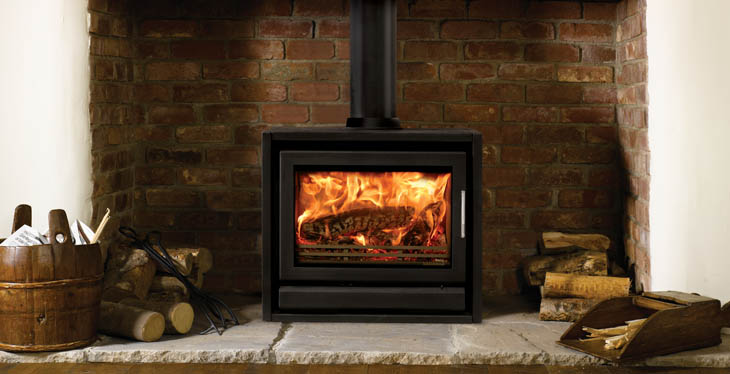
It’s getting colder every day and that means it’s almost fireplace season! Here’s how to get your wood-burning fireplace ready for winter!
There’s nothing better than a warm fireplace on a cold winter’s night! Take a look at our tips on how to protect your fireplace it from pests, give it a yearly inspection, and which wood to burn (yes, there is a specific type)!

Inspection First!
Shine a flashlight up your chimney before using it. Check to see if there’s any build-up on the chimney’s walls. Of course there will be black marks, but there’s a difference between black walls and black, fuzzy build-up. The fuzzy stuff is creosote starting to build-up on your chimney’s walls. Creosote is flammable, and will catch fire when temperatures in your chimney get hot enough to light it. If you see shiny stuff built-up, this is bad! Shiny creosote is more flammable than the regular black stuff, and it would be wise to get your chimney professionally cleaned.
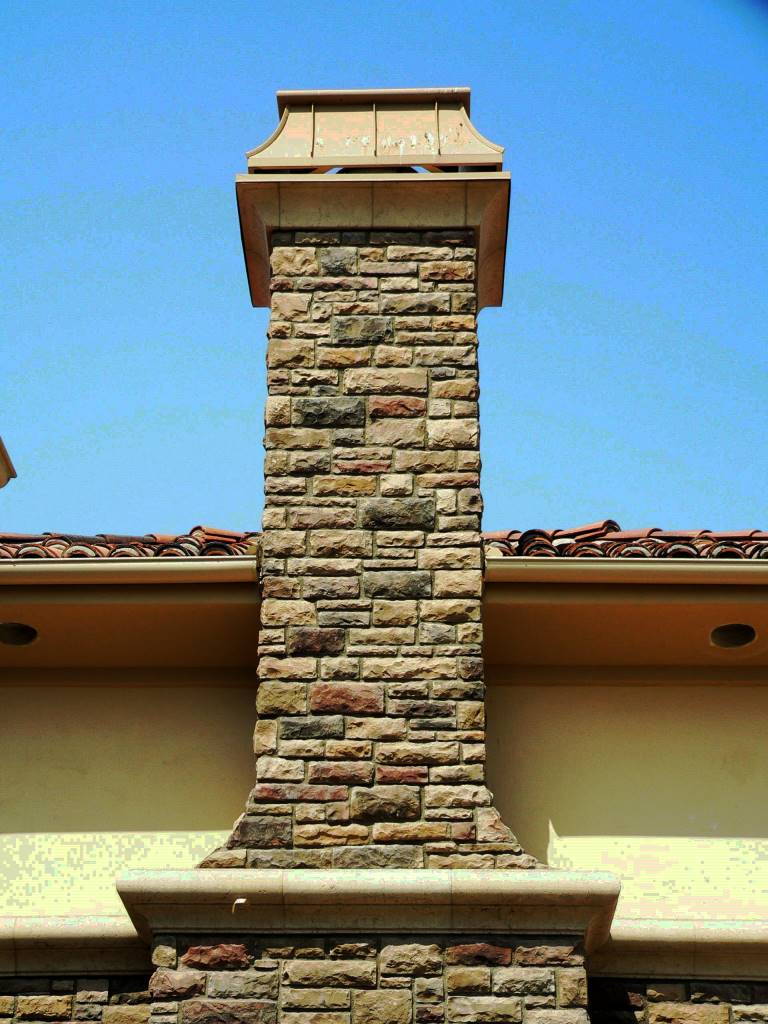
Get the Right Wood
Experts recommend burning good, seasoned hardwood. If you decide to just throw in a random tree that you chopped down yourself, you will get moisture in the smoke. This only encourages creosote build-up.
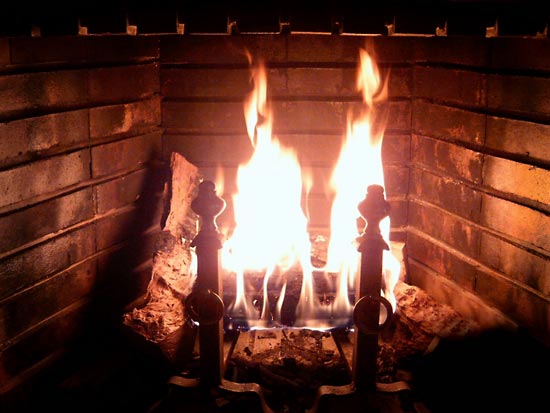
Keep Pests at Bay
If any pests such as raccoons, birds, or squirrels make a home in your chimney, it can block the flow of smoke. The smoke will be blown back into your home, and also the animal’s nest could catch fire. If the nest catches fire, chances are that your home will too! Chimney caps are useful in keeping pests out, along with leaves, rain, and other debris. If you start to hear animal noises, or see animals walking around your chimney, it would be a good idea to get a chimney cap.
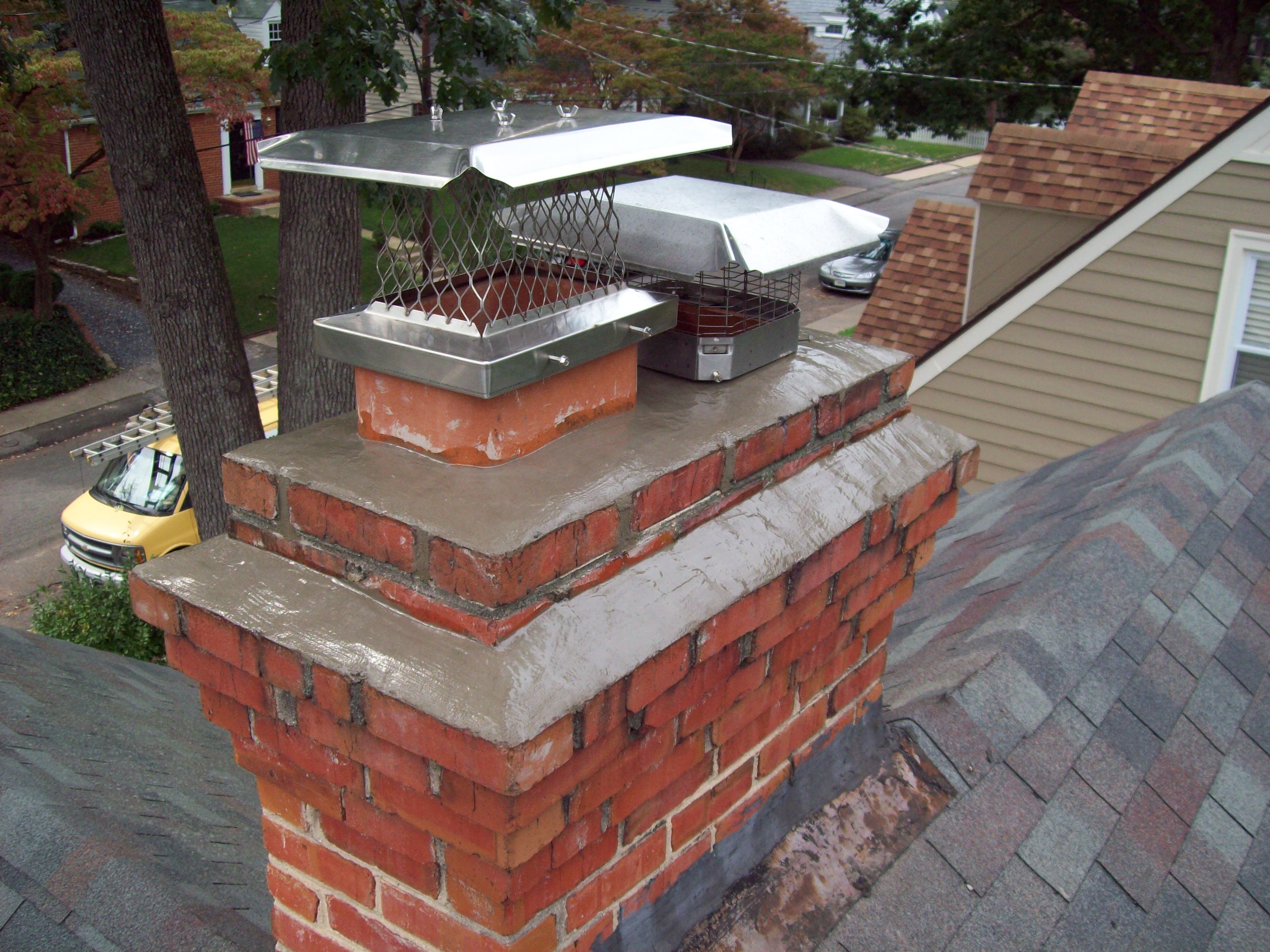
Photos: Stovax, Ventura Cast Stone, Britannica, B and B Renovations and Chimney Sweep.


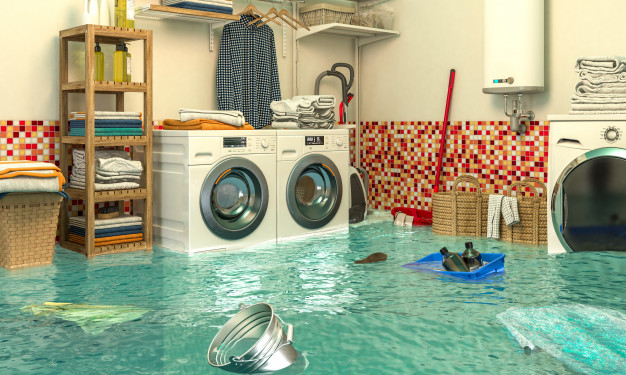
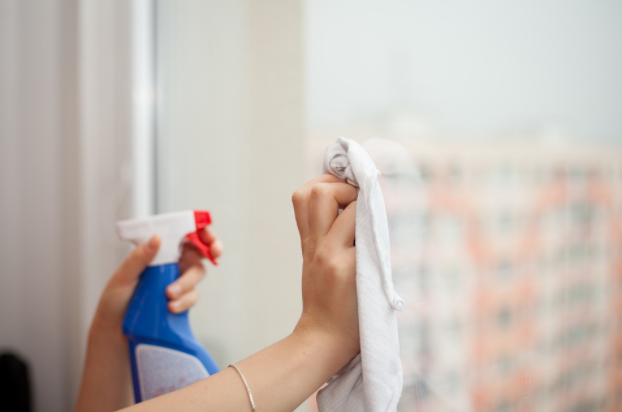
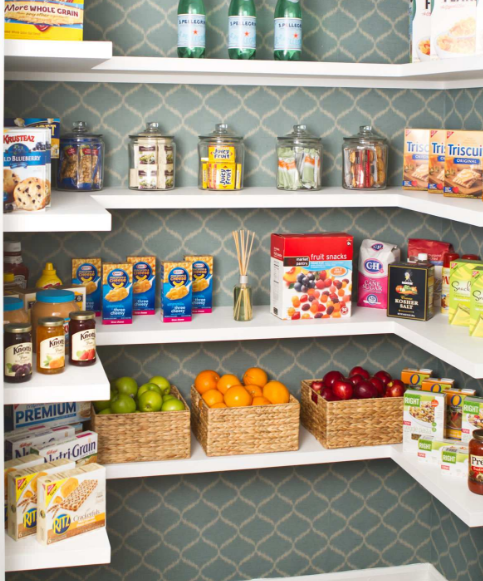


Leave a Comment